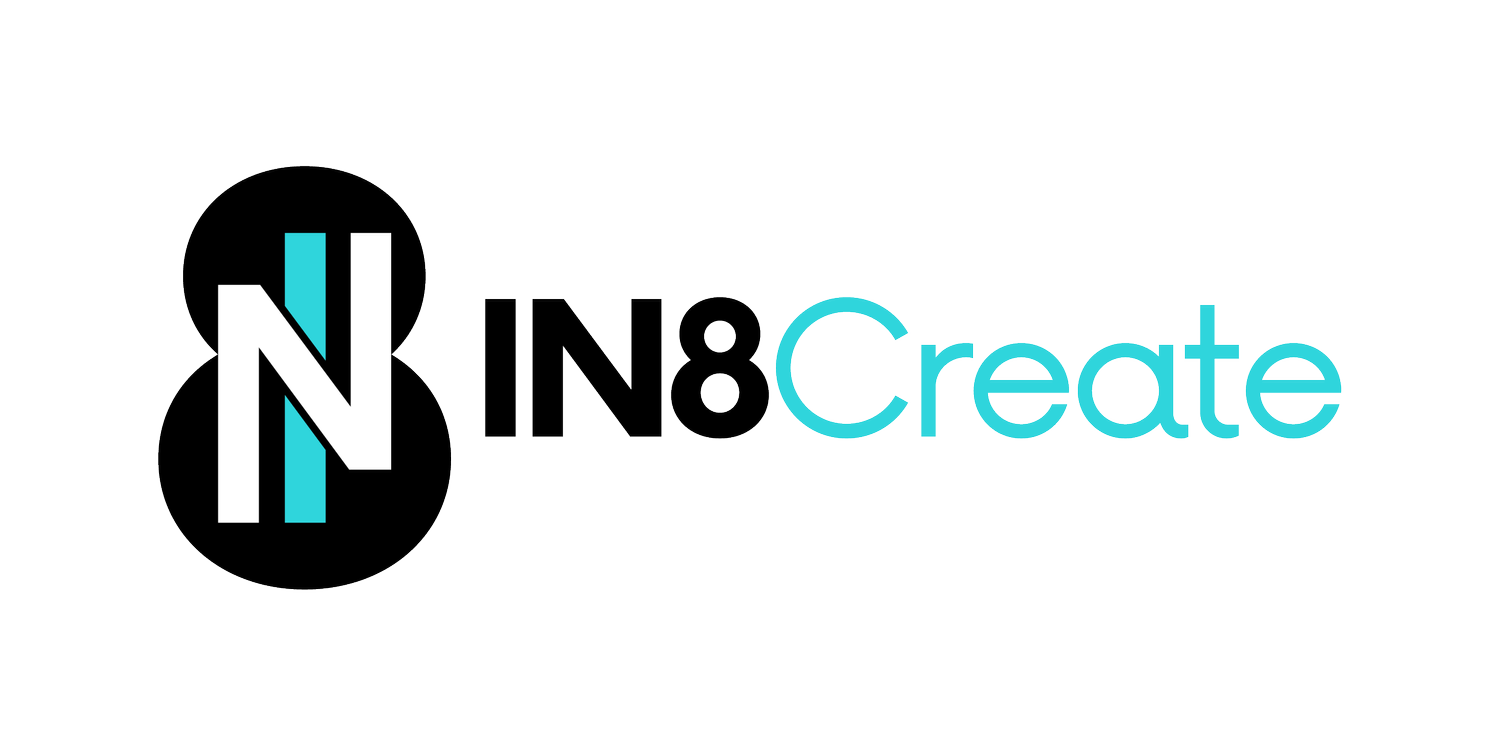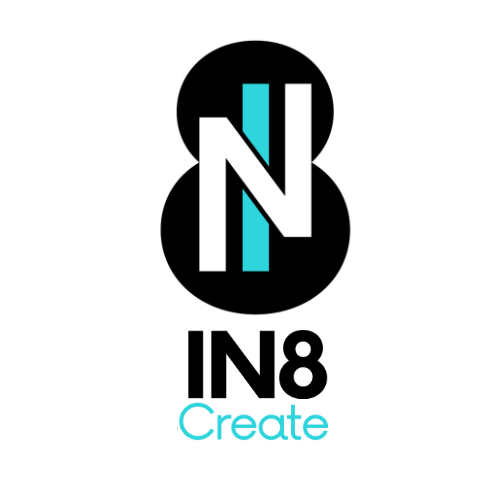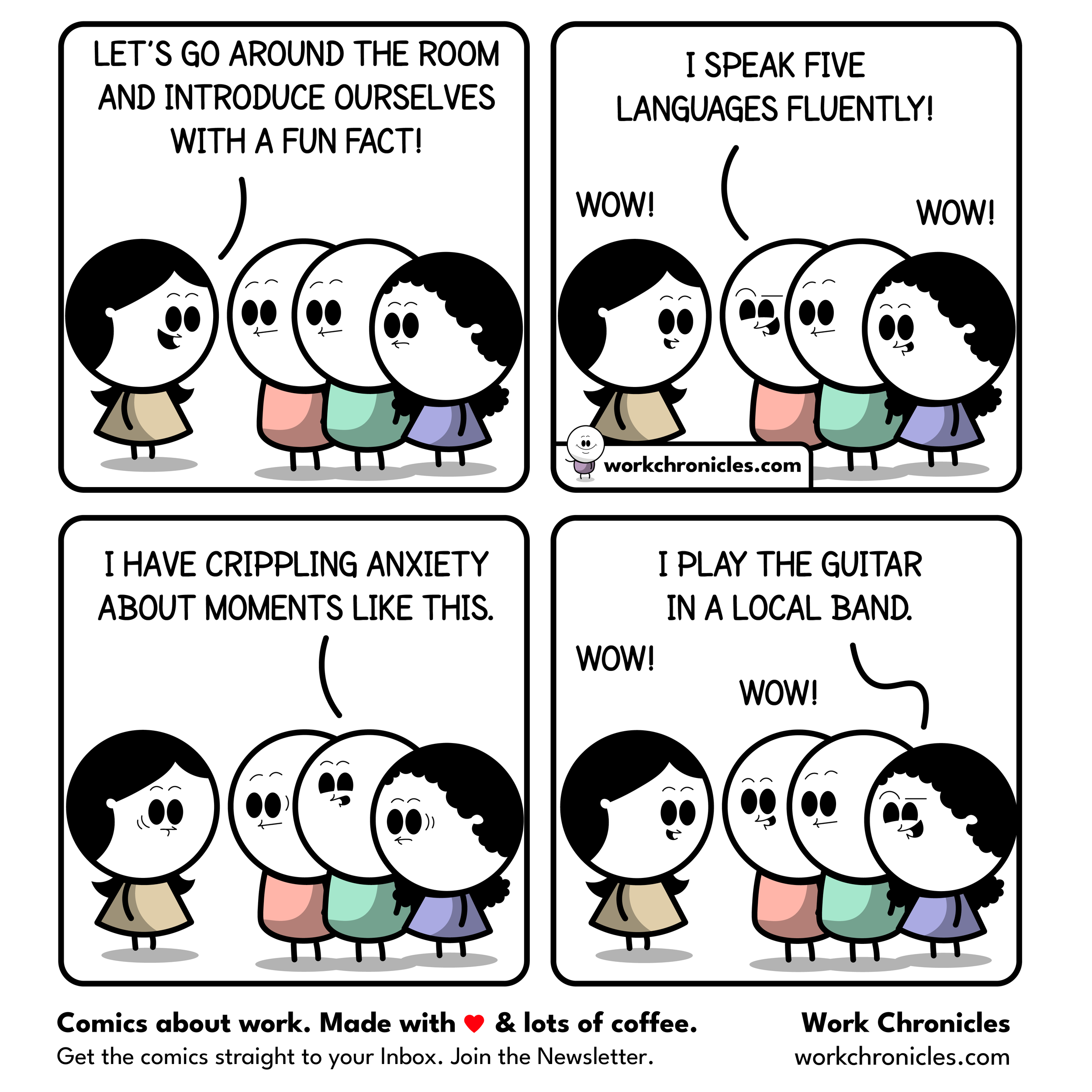The Hidden Gift
How External Focus Unlocks Your Team's Quiet Voices
I used to be clueless about social anxiety.
As someone who's never felt that crushing weight of "everyone's looking at me" during team introductions, I genuinely didn't understand how a simple "let's go around the room and share a fun fact" could feel like torture for some people.
Then I started facilitating LEGO Serious Play workshops.
What Actually Happens When the Quiet Ones Speak
Here's what blew my mind: when that anxious person finally does contribute—when they feel safe enough to share—the impact on the entire team is extraordinary.
I've watched quiet team members reveal they create homemade video games in their spare time, leaving their colleagues speechless. I've seen the reserved analyst deliver exactly the insight everyone was searching for—distilled into a few profound words (the complete opposite of the extrovert who usually delivers a ten-minute monologue).
Most importantly, I've witnessed true connection. That moment when people feel genuinely seen for who they are, not just their job function.
The Magic Isn't the LEGOs—It's the Externalization
We use LEGO bricks to help create psychological safety, but the real breakthrough isn't about the toys. It's about externalization—shifting focus away from the person and onto something external they can use to tell their story.
When someone builds a LEGO model to represent their idea, the spotlight moves from them to their creation. Instead of feeling exposed under everyone's gaze, they become a storyteller pointing to their model, explaining what different pieces represent.
This same principle would work with drawings, Play-Doh, images, or any other external focus. The key is giving people something outside themselves to channel their thoughts through.
Why This Works for Everyone (Not Just the Anxious)
But here's the thing—externalization doesn't just help people with social anxiety. It makes difficult conversations easier for everyone:
Talking about problems becomes manageable when you're pointing to a model instead of directly confronting a person
Challenging the status quo feels safer when your critique is embedded in a story about your creation
Calling out elephants in the room becomes possible when the elephant is literally represented in LEGO bricks on the table
Telling the emperor they're wearing no clothes gets easier when you're describing what you built, not directly attacking someone
The model becomes a buffer that allows for honesty without the raw vulnerability of direct confrontation.
The Quiet Revolution
Think about your own team. How many brilliant insights are trapped inside people who simply can't find a comfortable way to share them? How many solutions are locked away because the idea-holder dreads being the center of attention?
When you create space for externalization—whether through LEGO models, drawings, or any other creative medium—you're not just accommodating different personality types. You're unlocking a reservoir of perspectives that can transform how your team thinks and works together.
Try This With Your Team
Next time you're facing a tough conversation or complex problem, try externalization. Give people something to create, draw, or build that represents their thoughts. Then let them tell you about what they made instead of putting them on the spot to speak directly.
You might be amazed by the honesty, vulnerability, and breakthrough insights that emerge when people have something to hide behind.
The quiet voices in your team aren't necessarily empty—they might just be waiting for a safe way to be heard.
Want to see externalization in action? Our LEGO Serious Play workshops create exactly this kind of psychologically safe environment where every voice matters. Contact us to learn how we can help your team unlock perspectives you never knew existed.e it on their personal experience and preferences, creating conflicting expectations.



